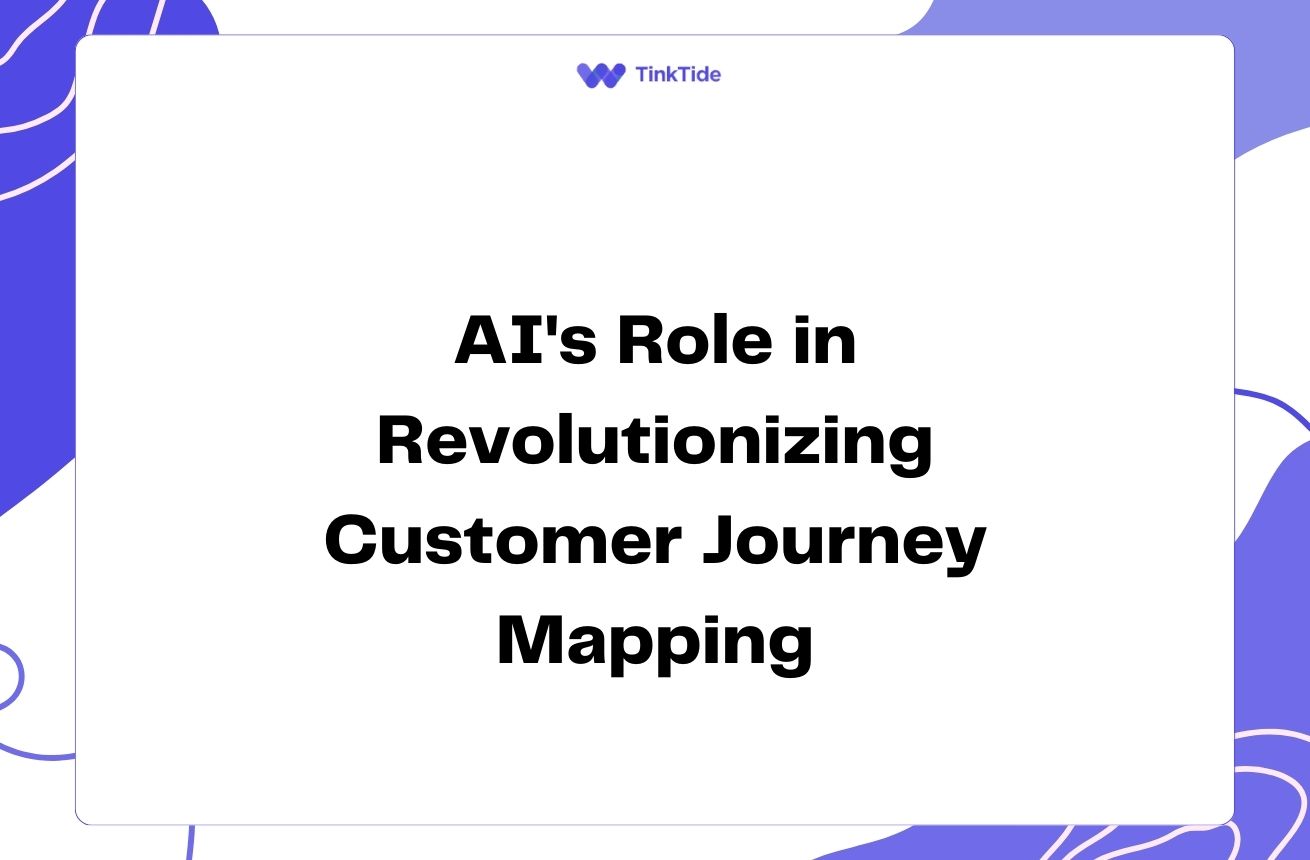Turn Customer Journey Maps into Actionable Business Strategies
Understanding Customer Journey Maps
Customer journey maps are visual representations of the experiences customers have with your brand. They outline the steps, touchpoints, and emotions involved in the customer's interaction with your product or service. To turn these maps into actionable business strategies, you need to analyze them critically and identify areas for improvement.
Start by reviewing your customer journey map thoroughly. Look for pain points, moments of delight, and areas where the customer experience could be enhanced. Pay attention to the emotions associated with each touchpoint, as these can provide valuable insights into customer satisfaction and loyalty.
Remember, the goal is not just to understand the customer's journey, but to use this understanding to drive meaningful changes in your business. This process requires a shift from passive observation to active strategizing.
Identifying Key Improvement Areas
Once you've analyzed your customer journey map, the next step is to identify key areas for improvement. This involves looking for patterns, bottlenecks, and opportunities across the entire customer journey.
- Pain points: Look for stages where customers experience frustration or difficulty.
- Gaps in service: Identify areas where customer needs are not being fully met.
- Inefficiencies: Spot processes that could be streamlined or automated.
- Opportunities for delight: Find moments where you can exceed customer expectations.
Prioritizing Improvements
Not all improvements will have the same impact or be equally feasible to implement. Use a prioritization matrix to evaluate potential improvements based on their potential impact and the effort required to implement them.
Consider factors such as customer satisfaction, revenue potential, and alignment with your overall business goals. For example, a high-impact, low-effort improvement might be prioritized over a low-impact, high-effort change.
Remember to involve key stakeholders in this process. Their insights can help ensure that the prioritized improvements align with broader business objectives and resource constraints.
Developing Actionable Strategies
With your priorities set, it's time to develop actionable strategies. These should be specific, measurable, achievable, relevant, and time-bound (SMART) goals that address the identified improvement areas.
For each strategy, clearly define what success looks like. This might involve setting key performance indicators (KPIs) such as increased customer satisfaction scores, reduced churn rates, or improved conversion rates at specific touchpoints.
Consider both short-term quick wins and longer-term strategic initiatives. Quick wins can build momentum and demonstrate the value of your customer-centric approach, while longer-term initiatives can drive more substantial business transformations.
Implementing Changes
Implementing changes based on your customer journey map insights requires careful planning and execution. Start by creating a detailed implementation plan for each strategy, including timelines, resource requirements, and responsibilities.
Ensure that all relevant teams and departments are aligned and committed to the changes. This might involve cross-functional collaboration and potentially some organizational restructuring to better support the customer journey.
Consider using agile methodologies to implement changes iteratively. This allows for faster implementation and the ability to adjust strategies based on real-world feedback.
Measuring and Iterating
Introduce the steps or process
- Step 1: Establish baseline metrics for your KPIs before implementing changes
- Step 2: Regularly monitor and measure the impact of your implemented strategies
- Step 3: Gather feedback from customers and employees about the changes
- Step 4: Analyze the results and identify areas for further improvement
- Step 5: Iterate on your strategies based on the insights gained
Continuous Improvement
Translating customer journey maps into actionable business strategies is not a one-time event, but an ongoing process. Customer needs and expectations evolve, and so should your strategies.
Regularly revisit and update your customer journey maps to ensure they remain accurate and relevant. Consider implementing a Voice of the Customer (VoC) program to continuously gather and act on customer feedback.
Foster a culture of customer-centricity within your organization. Encourage all employees to think about how their work impacts the customer journey and to suggest improvements.
Leveraging Technology
Technology can play a crucial role in translating customer journey insights into actionable strategies. Consider implementing customer experience management platforms that can help you collect, analyze, and act on customer data in real-time.
Explore how artificial intelligence and machine learning can be used to personalize customer experiences, predict customer needs, and automate certain aspects of the customer journey.
Remember that while technology can be a powerful enabler, it should always be implemented with the goal of enhancing the human elements of the customer experience, not replacing them.
Address common questions
Here are some frequently asked questions about translating customer journey maps into actionable business strategies:
How often should we update our customer journey maps?
Customer journey maps should be reviewed and updated regularly, ideally every 6-12 months. However, if there are significant changes in your business, product offerings, or customer behavior, you may need to update them more frequently.
What if we don't have the resources to address all improvement areas?
It's common to have limited resources. That's why prioritization is crucial. Focus on high-impact, low-effort improvements first. For larger initiatives, consider breaking them down into smaller, manageable projects that can be implemented over time.
How can we ensure buy-in from all departments for implementing changes?
Involve representatives from all relevant departments in the journey mapping and strategy development process. Clearly communicate the benefits of the proposed changes, not just for customers but for the business as a whole. Use data and customer feedback to support your case.
What if our strategies don't yield the expected results?
This is where the importance of measurement and iteration comes in. If strategies aren't yielding expected results, analyze why, gather more customer feedback, and be prepared to adjust your approach. Remember, improvement is an ongoing process.
How can we measure the ROI of our customer journey improvement initiatives?
Track both customer-centric metrics (like satisfaction scores or Net Promoter Score) and business metrics (like conversion rates, average order value, or customer lifetime value). The combination of these metrics can help you quantify the ROI of your initiatives.
Provide additional resources
Customer Journey Mapping Guide
A comprehensive guide to creating and using customer journey maps
Harvard Business Review: The Truth About Customer Experience
An insightful article on the importance of managing the entire customer journey
Agile Methodologies Overview
Learn about agile methodologies for implementing changes efficiently
Voice of Customer (VoC) Programs
Understanding and implementing VoC programs for continuous improvement
AI in Business
Explore how AI can enhance customer experiences and business processes
Summarize key takeaways
Translating customer journey maps into actionable business strategies is a powerful way to improve customer experiences and drive business growth. By carefully analyzing journey maps, identifying key improvement areas, prioritizing initiatives, and implementing changes systematically, businesses can create more customer-centric experiences.
Remember that this is an ongoing process that requires continuous measurement, iteration, and adaptation. Embrace technology as an enabler, but always keep the human element of customer experience at the forefront of your strategies.
Start by reviewing your current customer journey map today. Identify one area where you can make an immediate improvement, and use the strategies outlined in this article to turn that insight into action. Your customers—and your business—will thank you.
Enhance Your Customer Journey Strategy
Ready to turn your customer insights into powerful business strategies? Start your free trial of our customer journey mapping tool today.
Start Your Free Trial
